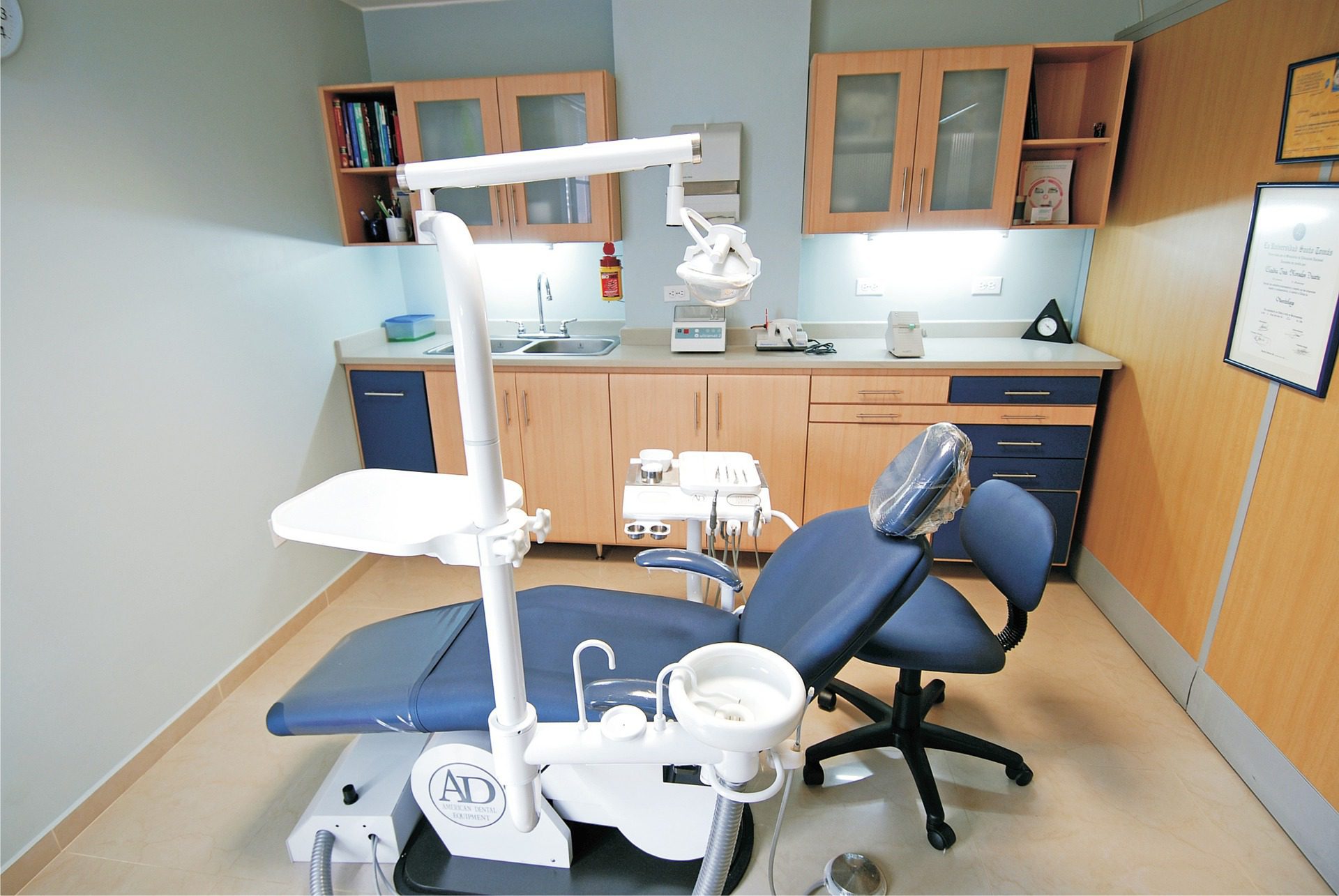What is dentistry?
A branch of healthcare
Dentistry is a branch of healthcare that is primarily focused on the diagnosis, prevention, and treatment of conditions that affect the teeth, gums, and other structures in the mouth. It is a vital component of healthcare, as oral health is closely linked to overall health and wellbeing. In this article, we will explore the term “dentistry,” its relationship with the branch of medicine, and its fascinating history.
The Term Dentistry
The term “dentistry” comes from the Latin word “dens,” which means “tooth.” Dentistry encompasses a broad range of practices, including dental hygiene, oral surgery, restorative dentistry, and orthodontics, among others. These practices are essential in maintaining the health of the teeth, gums, and other oral structures, which play a crucial role in overall health.
Although primarily associated with teeth among the general public, the field of dentistry or dental medicine is not limited to teeth. It includes other aspects of the craniofacial complex. This includes the temporomandibular joint (TMJ) and other supporting, muscular, lymphatic, nervous, vascular, and anatomical structures.

Relationship with the Branch of Medicine
Dentistry is closely related to the branch of medicine, and dental practitioners work alongside medical practitioners to provide comprehensive healthcare to patients. Many health conditions are closely linked to oral health, including heart disease, diabetes, and respiratory diseases. Thus, oral health is considered an essential aspect of overall health, and the dental profession plays a vital role in healthcare.
History
The practice of dentistry has a long and fascinating history that dates back to ancient times. In ancient civilisations, individuals who suffered from dental problems would often turn to their local healers or shamans for treatment. These individuals used a variety of methods, including herbal remedies, tooth extraction, and drilling, to alleviate dental pain and treat other oral conditions.
The first recorded dental practitioner was an Egyptian named Hesy-Ra, who lived around 2600 BC. Hesy-Ra was a physician and dentist who performed dental work on pharaohs and their subjects. His methods included using a mixture of honey and powdered minerals to fill cavities, as well as using wires made of precious metals to stabilize loose teeth.
In the Middle Ages, dental care was often provided by barbers or monks who were trained in basic dental procedures. It wasn’t until the 18th century that dentistry emerged as a distinct profession. The first dental school was established in the United States in 1840, and the American Dental Association was formed in 1859.
Since then, dentistry has continued to evolve, with new technologies and techniques emerging to improve patient outcomes. Today, dental practitioners use a variety of tools and techniques to diagnose, prevent, and treat dental conditions. These include X-rays, dental implants, braces, and cosmetic dentistry procedures, among others.
Conclusion
In conclusion, dentistry is a vital branch of healthcare that focuses on maintaining the health of the teeth, gums, and other oral structures. It is closely related to the branch of medicine, as oral health is closely linked to overall health. The practice of dentistry has a long and fascinating history, dating back to ancient civilizations, and has continued to evolve to provide patients with the best possible care.

